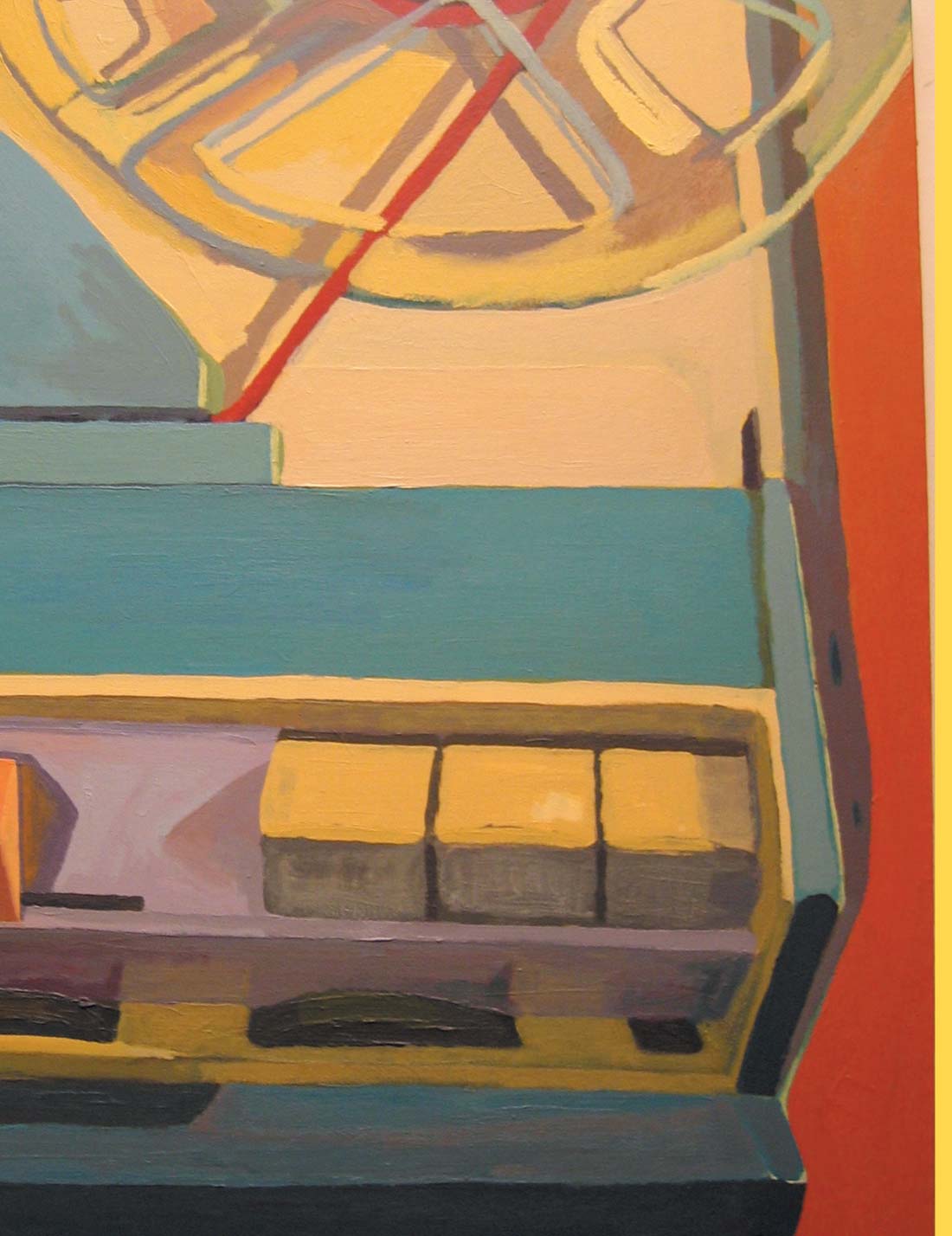We have reached a point, more than 20 years into the digital revolution, where vintage digital is being sought after almost as much as vintage analog. This is especially true in the area of reverbs. One of the classic digital reverbs from the early 1980's is the Eventide SP2016. This reverb has been painstakingly recreated by the original designer, Tony Agnello, for Princeton Digital both as a plug-in and as a hardware box. The hardware version, known as the Reverb 2016, is manufactured and distributed by Eventide. Like the original, this box processes audio at 40 kHz and simulates stereo rooms, room reverbs, and plate reverbs. Although the original box had a few more tricks up its sleeve, this reissue version includes all the modern conveniences we expect, such as XLR and 1/4'' TRS I/O, selectable between +4 dBu balanced and -10 dBV unbalanced operation; S/PDIF digital I/O via RCA connectors; MIDI; and bypass and kill switches. The look of this box is very modern, with a black, single-rackspace front panel and very high-tech knobs that both turn and push in to activate their behavior, making operation of the 2016 extremely intuitive. Six controllable parameters are available in different combinations for the various preset algorithms, and each parameter has a dedicated knob on the front panel. Stereo meters, a few pushbuttons, and small LED's for mono input, digital input, kill, and bypass fill out the rest of the front panel. The 2016 stores 99 programs, divided into the vintage Stereo Rooms, Room Reverbs, and Plate Reverbs, with "New" algorithms for each category. Presets 1-89 are factory presets and 90-99 can be user set. All presets can be overwritten by the user or reset to the original factory presets.
My daily studio work consists of tracking and mixing albums and demos, and I use in-the-box processing almost exclusively. Patching in a few special hardware pieces can sometimes make a huge improvement in the depth and character of an in-the-box production, and the Reverb 2016 interfaces flawlessly with any DAW via S/PDIF and beats the pants off almost any reverb plug-in for room simulations, small ambiences, and dense plates. To be fair, the plug-in version of this reverb for Pro Tools HD has been compared very favorably to the hardware unit. In listening tests, the hardware unit has been rated almost identical in sound to the vintage SP2016. For every recent production that I have worked on, from rock to rap to smooth jazz, I easily found a program in the 2016 that improved my mix. Almost every producer or artist that I work with has asked me what reverb I was using on the drums, lead instrument, or vocals; and lately, that reverb has been the 2016. That's a pretty big compliment to this box.
The street price of the hardware unit is just below $2,000. The plug-in version streets for about $600, but it's only available for Pro Tools HD. I haven't seen many of these boxes around yet, so, like the original, this may soon be a much sought-after piece that brings not only great sound, but a unique appeal to your studio. The manual for the 2016, though adequate, is only one page, so be sure to check out the Eventide website for lots of additional information and historical background on the original SP2016. ($2195 MSRP; www.eventide.com)




_disp_horizontal_bw.jpg)